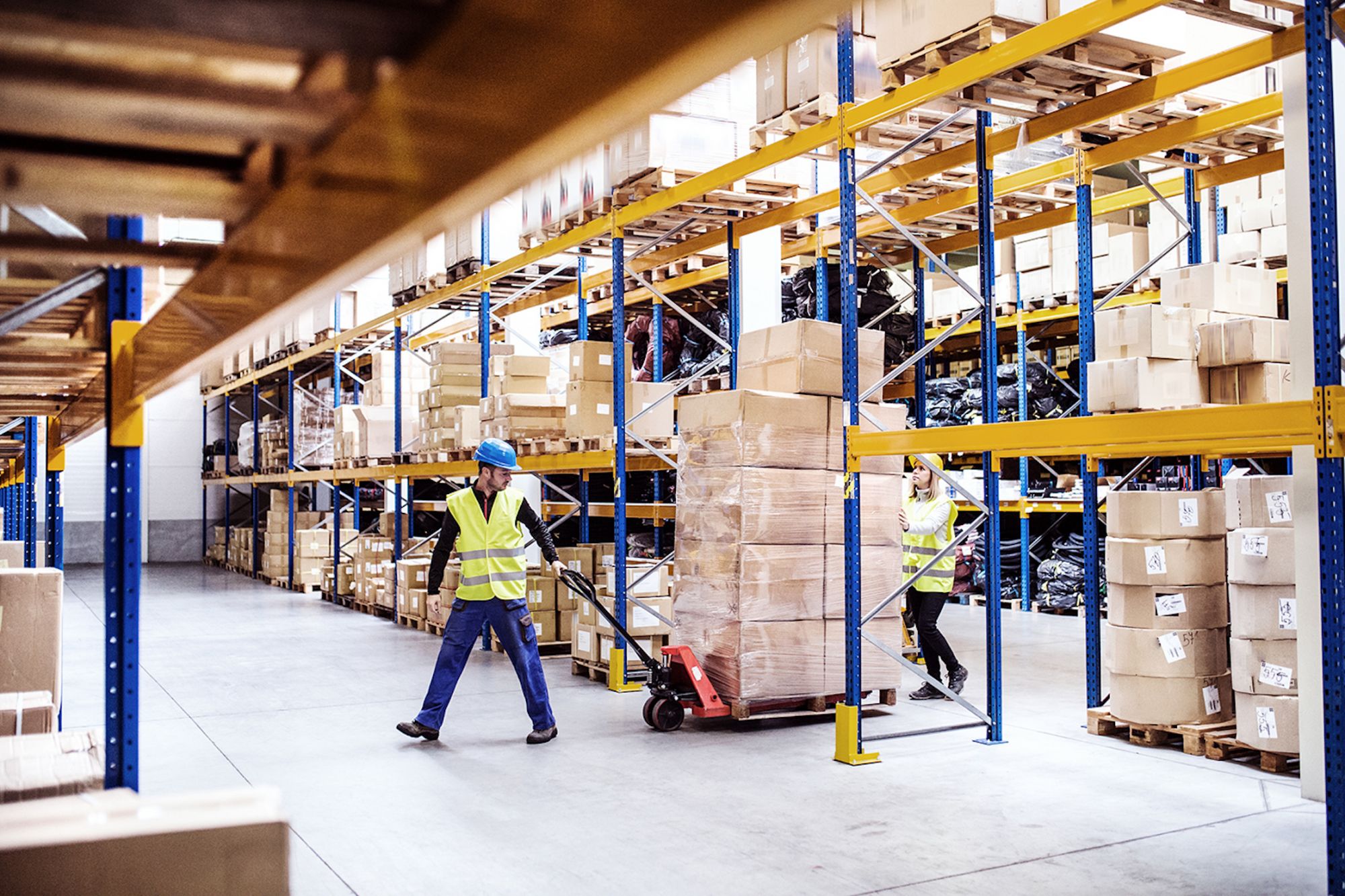Top 3 Upcoming Trends in the Indian Facility Management Industry With the continuous innovation and technological developments that the industry has been witnessing over the past few years, the Indian FM industry seems to be slowly but steadily moving towards smarter, more connected work-spaces
Opinions expressed by Entrepreneur contributors are their own.
You're reading Entrepreneur India, an international franchise of Entrepreneur Media.

The Indian Facilities Management Industry has seen substantial growth over the past few years. Though not as developed as in western economies, there is a growing awareness of the link between the efficiency of a business and its office environment. More and more Facility Heads are waking up to the fact that the benefits of smarter buildings include not just energy efficiency and savings, but also a boost in employee productivity which translates to a far more substantial profit for the company.
According to a Technavio report, the CAGR for the next three years in the FM industry is forecasted to be around 17per cent. With this encouraging growth of the industry, there are three prominent trends we see emerging:
1. FM is the New IT
Until recently, IT departments have been the poster children of most companies. But there's a slight shift in the wind. These simple statistics speak volumes; the Indian IT industry is valued at $154 billion and is slated to grow at a rate of 7-9per cent p.a. and is expected to create around 100,000 jobs for FY19. On the other hand, the FM sector is a $75 Billion industry growing at 22 -25per cent p.a. with an employment potential of 5 million people in the next 3 years alone!
Over the last two decades, IT departments have witnessed a massive influx of the latest technologies. These technologies brought down cost over time and eventually IT has become commoditized. It does not see the same scale of investments as it used to attract earlier.
Another change is that companies are waking up to the fact that it is people and not data that is king. Data has become passé. Companies are investing more in people and hence the increasing investments in upgrading and automating. Better and more comfortable offices have become a strategy to attract and retain talent. Since it is the FM who manages this, there is a lot more power in the hands of the FM now.
FM is the new IT! But this means facility managers are going to be handed a greater responsibility, and here we arrive at the next two trends.
2. OE2 = Operational Efficiency (OE) x Occupant Experience (OE)
If it is not already a Facility manager's worst nightmare, it will be soon. Soon, FM's can be expected to be questioned about how they plan to improve occupant experience while increasing operational efficiency. OE2 is the new measure of how smart your facility is as occupant experience combined with operational experience is a key measure of building performance. Facility managers can now improve the health and productivity of building occupants by improving factors such as indoor air quality, lighting and temperature to suit occupant preferences.
The IT industry was famous for introducing a few buzzwords that passed on into the general lexicon afterwards like downtime, uptime etc. But with FM industry growing in importance, facility managers can expect to be questioned on how they plan to improve the OE2 of their building. OE2 here standing for Operational Efficiency x Occupant Experience. Here are some more acronyms for the FM industry that one can expect to come across in the coming years – Energy Performance Index (EPI), Air Quality Index (AQI), SAT Scores, MTTR, Lux Levels, Arc Score, Wellness Score etc.
3. Risk Management
The next trend is risk management where further to the many disaster management or evacuation procedures carried out regularly at companies, FMs can expect to be challenged on the much more technical side of managing a building- what kinds of redundancy have we built in, what kind of data security do we have, how are we monitoring our most critical and expensive assets, do we have predictive analytics in place, what are our response times, how do we play out downtime etc.
So, the three trends a facility manager can look forward to in the coming years are – FM is the new IT, OE2, and Risk Management. The obvious next question a Facility Head is going to ask is, what do I do about this? The answer is simple, MPDB – Measure it, Pilot it, Deploy it and Benchmark it.
Measure it: Improvement is not possible if the facilities team does not know what issues are plaguing their building. Measurement is the first and most important stage and installing sensors goes a long way in understanding the current the problems. FMs can expect to drive around 10-15per cent improvement by just reacting to the findings. And sensors are not very expensive either!
Pilot it: Choose from the best of vendors and put their solution to work in a part of your building and observe the performance for 1-2 months. You will get a fair idea of how you are going to benefit from it and whether it is worth the cost or not., for example, giving you the option of a pilot run to see the results for yourself.
Deploy it: Only half the battle is won once you are satisfied with the results of the test period. Now you must settle on a price and deploy it at your facility. But, for as little as INR 1 per set/month over a 5-year period, you can make your buildings smart today. The faster you get going with the deployment, the better for your facility.











